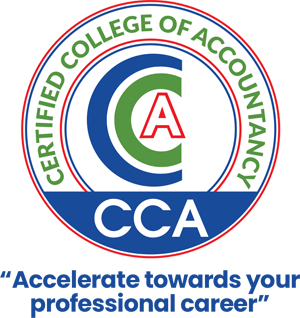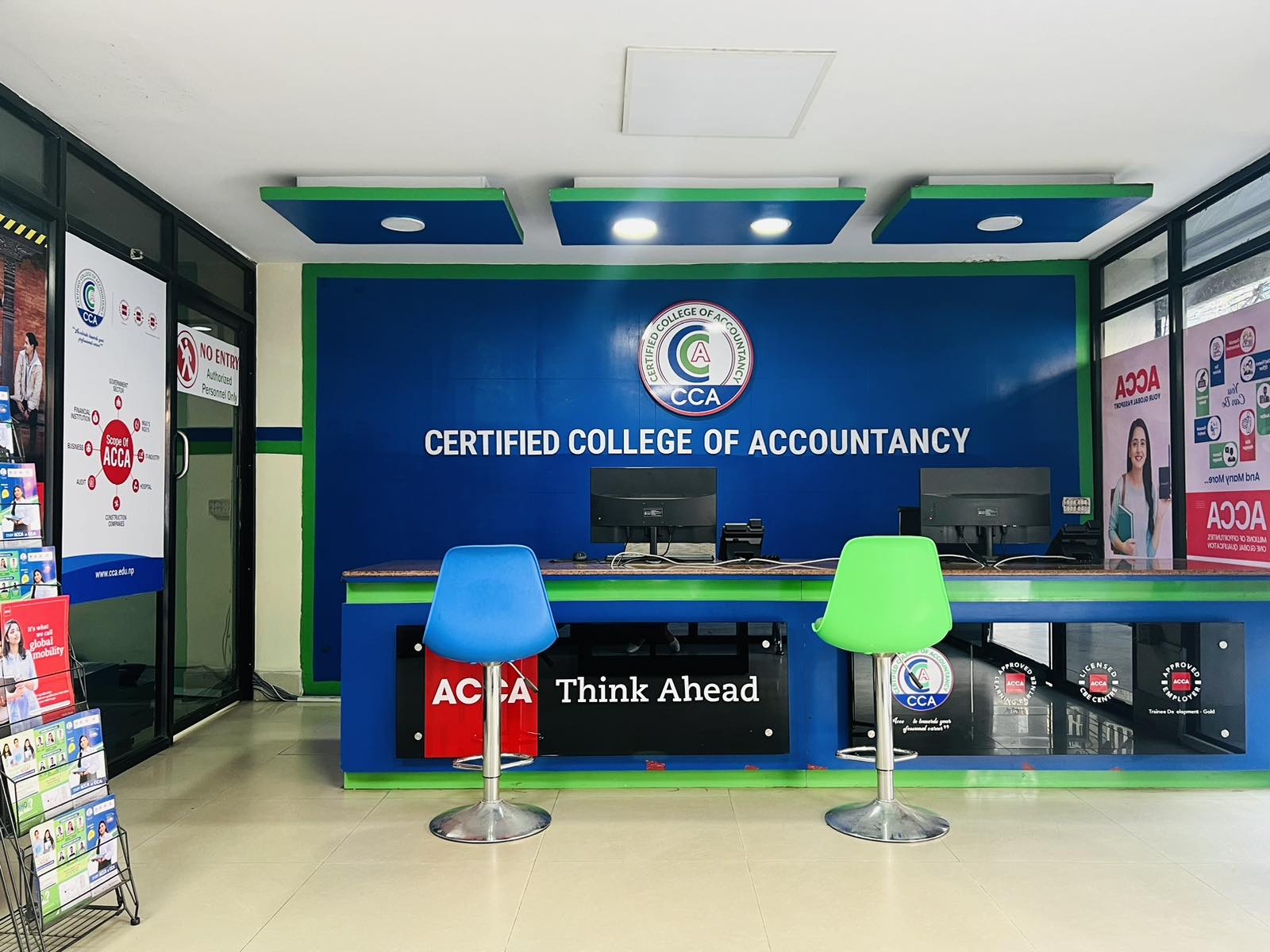IAS 12 Income taxes deals with the accounting treatment for Current tax and Deferred tax. However, this standard is much talked for deferred tax because current tax is determined in accordance with the rules of taxation authorities.
Current tax is the amount of income tax payable / recoverable in respect of the taxable profit or loss for a period. Taxable profit or loss are determined in accordance with the profit or loss calculated as per taxation rules rather than IFRSs.
The total current year tax charge is estimated for the purpose of preparing the year end financial statements but may not be finalized by the tax authorities until after the year end. Hence, there could be difference in the final tax determined by tax authority as compared to the estimated current tax. This under or over provision is adjusted in the next year profit or loss account. The difference in amount is an estimate change and is not prior period error as per IAS 8 so, need to be adjusted in the next year financial statements.
For example, HSBC US has a current tax liability of $11m for the year ended 31 December 2018. On 31 January 2019, Internal revenue service IRS US Tax authority determined tax to be $10m for the year ended 31 December 2018 and this was paid. The estimated current tax for 2019 was $12m. The Bank year end is 31 December.
Here, in the year ended 31 December 2018, HSBC US would record the $11m as Debit the current tax expense in PL and Credit the Current tax payable in Statement of Financial Position SOFP. Later, in the year ended 31 December 2019, the IRS decided the tax to be $10m and Bank have paid the amount. Hence, We know that Bank have over provisioned $1m in year 2018 and this need to be adjusted in 2019 Tax expense of $12m being current tax expense as $11m (12-1).
Now, lets talk on deferred tax. Deferred tax liabilities are the amount of tax payable in future periods in respect of taxable temporary differences. Deferred tax assets are the amount of tax recoverable in future periods in respect of deductible temporary differences, carry forward of unused tax losses and credits. Temporary difference is the difference between carrying amount of assets or liabilities in the SOFP and its tax base. Tax base is the amount included for asset or liabilities for tax purpose.
Talking in simpler terms, any asset or liability whose recovery or settlement will make future tax payment higher or lower then there is deferred tax effect. Those which will make future tax payments lower, its deferred tax asset and which will make future tax payments higher its deferred tax liabilities. For example, a company bought building costing $1m depreciated @ 10% on straight line basis. At the end of year 1, as per IFRSs, building carrying value will be $0.9m (1m less 0.1m depreciation).
However, as per tax purpose, tax depreciation for building is only 5%. Hence, carrying value of building as per tax i.e., tax base will be 0.95m (1m less 0.05m depreciation). Now, we need to decide whether deferred tax have occurred or not.
Yes, here deferred tax have occurred as the carrying amount of asset is different from tax base. Here, deferred tax asset arise because IFRS accounting have deducted more depreciation than tax but is yet to be received in future in tax so benefit in tax in future. Applying the relevant tax rate, here deferred tax asset can be calculated. For example, if tax rate is 30%, Deferred tax asset becomes $0.015m debiting the deferred tax asset and crediting the deferred tax income.
Another example could be accrued expenses payable. For example, a company have accrued expenses of $2m debiting the expenses and crediting the accrued expenses payable. Here, IFRS accounting have expensed it but tax will only include it in expenses when it is actually paid in future so there is benefit in the future hence deferred tax asset arose.
Most important thing to note is that deferred tax is not discounted to present value and this should be shown separately in the statement of financial position neither in current nor in non-current. So, there is no current non-current classification for deferred tax.
Now, I will talk some thing on how unused tax losses is treated for deferred tax. Deferred tax asset is created for unused tax losses only to the extent that taxable profits will be available to set off any losses. For example, US IRS gives to carry forward the losses for the 5 years then deferred tax asset only to be created if there is valid expectation that taxable profits will be available with in these 5 years for setting off.
For instance, HSBC US made a loss of $ 12 billion in the financial year ended 31 December 2012 and HSBC board estimate that there will be $5 billion profit over the five year Then, HSBC US can only recognize deferred tax asset to the extent of $5 billion.
Another thing to note is that deferred tax rates are tax rate that are expected to enact or subsequently enacted by the end of reporting date. For example, in above example, Finance bill in US passed in November 2012 which determined Bank tax rate to be 35 % in 2013 Financial Year. Then, HSBC bank should apply this tax rate in calculating deferred tax even if the current financial year tax rate is different.
Also, if different tax rates apply to different levels of taxable income, then an entity should apply average tax rate in deferred tax calculation. For example, an entity may manufacture goods, trade goods and may also do import export business hence here three different tax rates will apply, So in this case, they are required to apply average tax rates.
The major disclosure requirement are tax reconciliation need to be shown between current tax related to accounting profit as per IFRS and taxable profit as per Tax authority.
Written by Shubham Shah, Executive Director at Certified College of Accountancy.
Certified College of Accountancy is a ACCA Platinum approved learning provider in Nepal running ACCA Chartered Certified Accountancy classes in Nepal since 2006.






